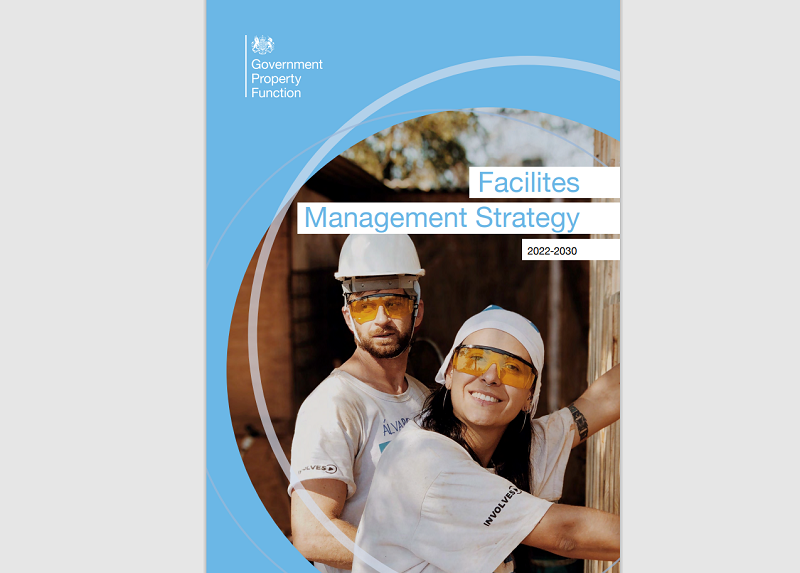The Building Engineering Services Association (BESA) has welcomed the government’s first comprehensive strategy for facilities management (FM).
It sets out an eight-year plan to improve the performance of the government’s estate of almost 140,000 buildings, which currently generates an annual FM bill of more than £13bn – 18% of the total UK market.
The government acknowledged there had been long-term under investment along with “inconsistent and varied approaches” which meant many of its buildings had “deteriorated to the point where functionality was becoming affected”.
The Office of Government Property Function (GPF), which is a part of the Cabinet Office, said its FM Strategy should ensure government offices had a “positive impact on productivity” leading to better “recruitment and retention of talented people”.

“A whole life asset management approach to maintenance can build value, reduce liabilities, and ensure longevity of the estate,” it said.
The Strategy calls for all public sector organisations to produce a consistent asset register and be aware of the condition and maintenance requirements of each of their buildings. It also promotes better use of operating data to support procurement decisions, greater transparency around mandatory and statutory maintenance to support safety and compliance, and targets aligned to the government’s sustainability goals.
Benefits
“Contracts must deliver societal as well as financial benefits. FM must demonstrate the value it provides to all stakeholders and society,” the GPF explained.
BESA, which created and manages the industry FM standard SFG20, is one of a group of organisations working with the government to standardise the way data is gathered, managed, and shared across project supply chains to improve life cycle costing, carbon assessment and digital led maintenance.
This supports the new FM Strategy by providing a clear focus on whole life performance of buildings in line with wider carbon reduction targets.
"The publication of this strategy is a timely reminder of the importance of FM work, which contributes more than £65bn to the national economy every year and plays a crucial role in improving working and living conditions for millions of people,” said SFG20 managing director, Kirsty Cogan.
“The way buildings are managed and maintained is a critical, but widely overlooked, part of dealing with the biggest challenges we face including keeping people safe and healthy, mitigating the impact of climate change and addressing energy security,” she added.
The government estimates that delaying maintenance by between two and four years can lead to an almost doubling of the eventual cost. Currently, 61% of the government estate is graded as being in ‘Good’ or ‘Satisfactory’ condition, but annual running costs are approaching £22bn. The GPF is charged with delivering greater value for money for the taxpayer and a more efficient and effective estate by ensuring FM expenditure is well targeted.
“Lack of investment in FM leads to deteriorating assets, equipment failures and rising operating costs,” said BESA technical director Graeme Fox. “With the current economic situation putting even greater pressure on budgets, rather than cutting back on spending in this area, an FM review is a quick and cost-effective way to identify energy efficiency improvements and avoid spending on expensive repairs and replacements.”
Creating a comprehensive asset data register, broken down into individual components, is a central element of the Strategy, which points out that inconsistent data management has a direct impact on the cost and quality of services.
Lifecycle
“Value is not cost,” the GPF said. “FM organisations need to understand what their users require and how to effectively manage and leverage data to improve customer service experiences. Maintenance choices need to account for where a building is on its lifecycle journey and should target investment accordingly.”
Cogan said there was a direct link between quality, well-targeted FM and better health, well-being, and productivity of building occupants. “This is not just about saving money; it is also about making sure people have a better experience in buildings.
“Many FM functions are out of sight out of mind, which tempts building managers to cut back on them to make short-term cost savings, but the long-term financial and social impact can be catastrophic,” she added.
She also pointed out that computer aided FM (CAFM) systems already gather huge amounts of operational data, and the Strategy should ensure this data is used in a more targeted way to deliver service improvements and cost savings. A GPF statement added that “having the capacity as well as the capability to use this data is key to maximising its potential”.




















